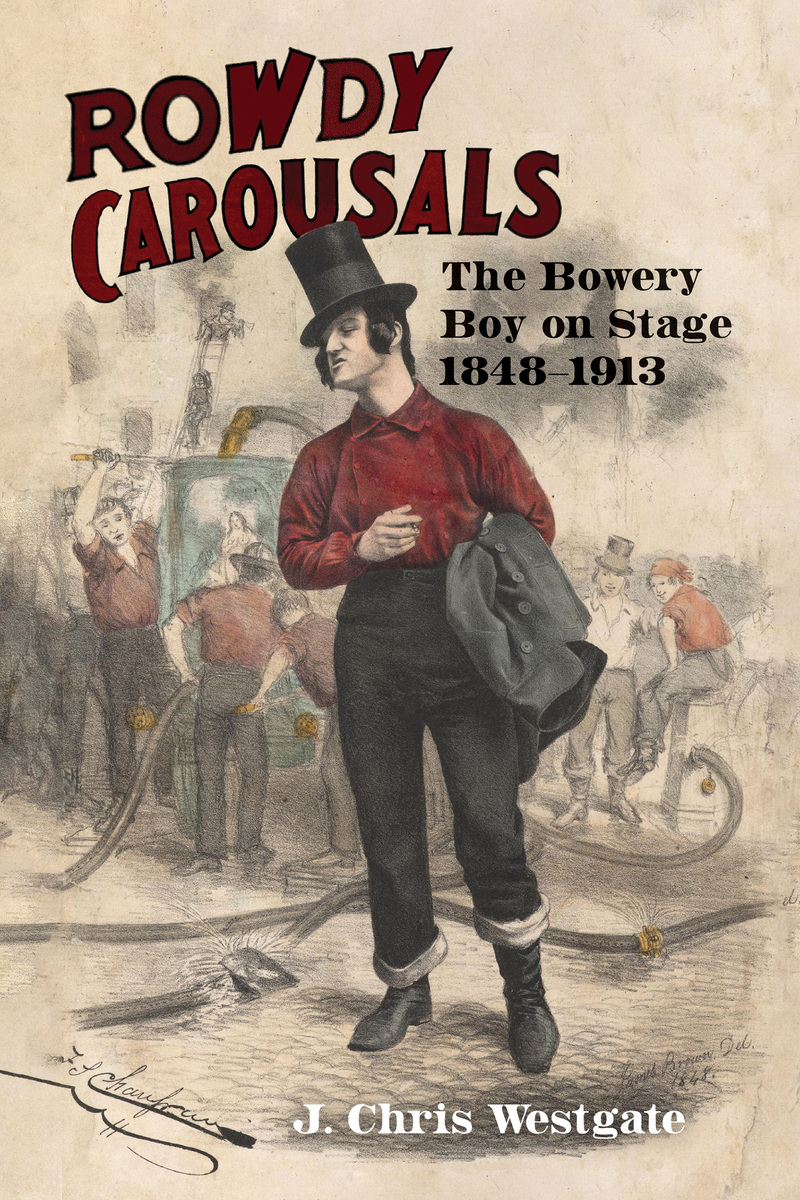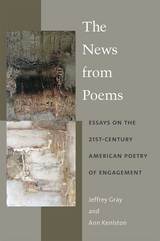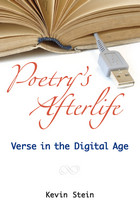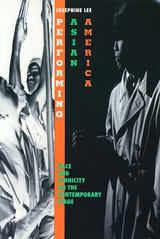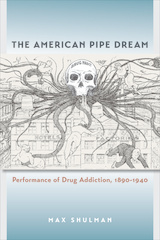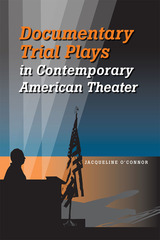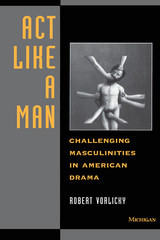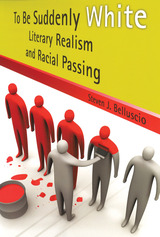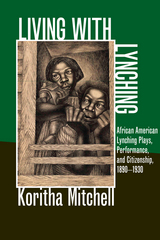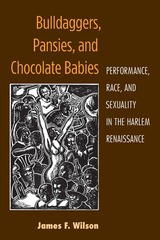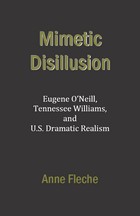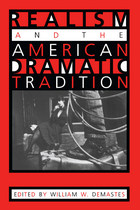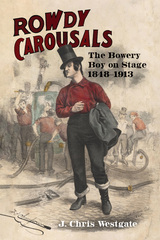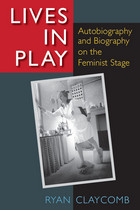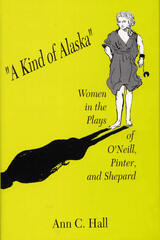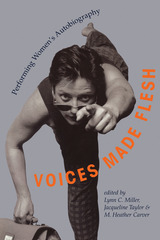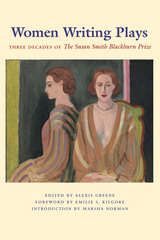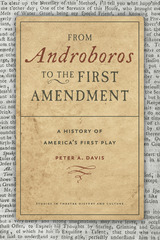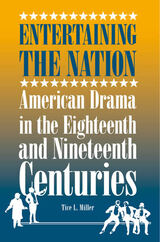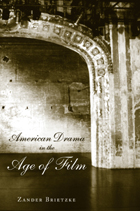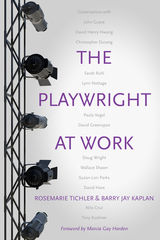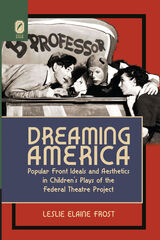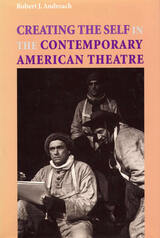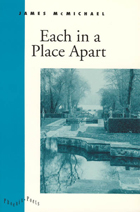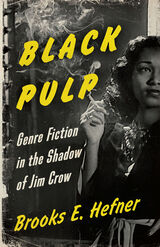Rowdy Carousals: The Bowery Boy on Stage, 1848-1913
University of Iowa Press, 2024
Paper: 978-1-60938-947-5 | eISBN: 978-1-60938-948-2
Library of Congress Classification PS338.W45W47 2024
Dewey Decimal Classification 812.4093552
Paper: 978-1-60938-947-5 | eISBN: 978-1-60938-948-2
Library of Congress Classification PS338.W45W47 2024
Dewey Decimal Classification 812.4093552
ABOUT THIS BOOK | AUTHOR BIOGRAPHY | REVIEWS | TOC | REQUEST ACCESSIBLE FILE
ABOUT THIS BOOK
Rowdy Carousals makes important interventions in nineteenth-century theatre history with regard to the Bowery Boy, a raucous, white, urban character most famously exemplified by Mose from A Glance at New York in 1848. Theatrical representations of the Bowery Boy emphasized the privileges of whiteness against nonwhite workers including enslaved and free African Americans during the Antebellum Period, an articulation of white superiority that continued through the early twentieth century with Jewish, Italian, and Chinese immigrants.
The book’s examination of working-class whiteness on stage, in the theatre, and in print culture invites theatre historians and critics to check the impulse to downplay or ignore questions about race and ethnicity in discussion of the Bowery Boy. J. Chris Westgate further explores links between the Bowery Boy’s rowdyism in the nineteenth century and the resurgence of white supremacy in the early twenty-first century.
The book’s examination of working-class whiteness on stage, in the theatre, and in print culture invites theatre historians and critics to check the impulse to downplay or ignore questions about race and ethnicity in discussion of the Bowery Boy. J. Chris Westgate further explores links between the Bowery Boy’s rowdyism in the nineteenth century and the resurgence of white supremacy in the early twenty-first century.
See other books on: American drama | Broadway & Musicals | Race in literature | Stage | Theater and society
See other titles from University of Iowa Press
